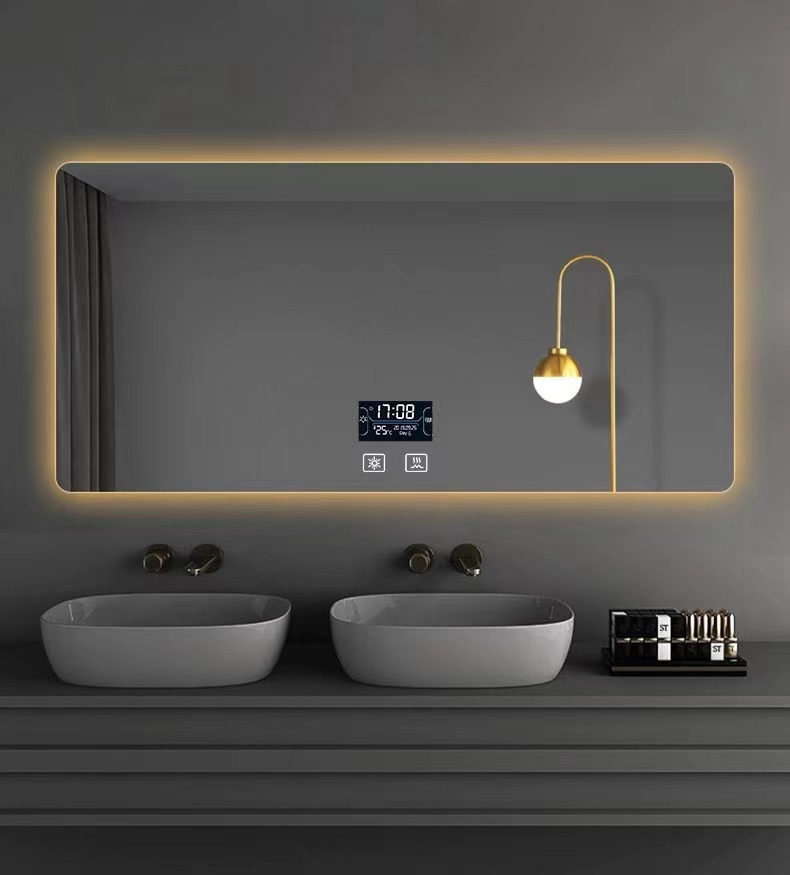

Understanding Single Pyrolytic Low-E Glass Advancements in Energy Efficiency
In recent years, the push for energy-efficient building materials has led to significant advancements in glass technology, particularly in the development of single pyrolytic low-emissivity (low-E) glass. This innovative glass type plays a critical role in sustainable architecture and energy-efficient building design. By understanding the properties and benefits of single pyrolytic low-E glass, we can appreciate how it contributes to reducing energy consumption and enhancing indoor comfort.
What is Single Pyrolytic Low-E Glass?
Single pyrolytic low-E glass is a type of insulated glass that features a thin coating applied to its surface through a pyrolytic process. This method involves heating the glass to high temperatures during manufacturing, allowing the low-E coating to bond permanently with the surface of the glass. Unlike other types of low-E coatings that may be applied after the glass is produced, single pyrolytic coatings are integral to the glass, providing durability and resistance to environmental factors.
The main function of low-E glass is to reduce the amount of infrared and ultraviolet light that can pass through the glass without compromising the visible light that enters a building. This selective reflection helps maintain comfortable indoor temperatures, minimizes glare, and protects interiors from sun damage. The efficiency of low-E glass is quantified using its emissivity value, with lower values indicating better performance in reflecting heat while allowing natural light to enter.
Benefits of Single Pyrolytic Low-E Glass
1. Energy Efficiency The primary advantage of single pyrolytic low-E glass is its ability to minimize energy consumption for heating and cooling buildings. By reflecting heat away in the summer and retaining warmth in the winter, buildings equipped with this glass require less energy for climate control, ultimately leading to lower utility bills.

2. Comfort The use of low-E glass contributes significantly to occupant comfort. By reducing temperature fluctuations and minimizing drafts, spaces become more pleasant, allowing occupants to enjoy natural light without the discomfort associated with heat gain or loss.
3. UV Protection Single pyrolytic low-E glass effectively blocks harmful ultraviolet rays that can fade colors and damage furnishings, artwork, and flooring. By investing in this type of glass, homeowners and businesses can extend the lifespan of their interior elements, maintaining aesthetic appeal and value.
4. Durability and Maintenance Due to its manufacturing process, single pyrolytic low-E glass is generally more durable than its counterparts with post-applied coatings. This resilience translates to lower maintenance and replacement costs over time, making it a cost-effective option in the long run.
5. Environmental Impact By reducing energy consumption, single pyrolytic low-E glass indirectly contributes to reducing greenhouse gas emissions. Buildings consume a significant amount of energy, and integrating low-E glass can be a substantial step toward achieving sustainability goals and positively impacting the environment.
Conclusion
As the demand for sustainable building practices continues to grow, single pyrolytic low-E glass emerges as a crucial innovation in the architectural landscape. Its capacity to enhance energy efficiency, improve occupant comfort, and protect against UV damage makes it an excellent choice for both residential and commercial applications. As more architects and builders recognize the importance of energy-efficient materials, single pyrolytic low-E glass is poised to become a staple in the industry, contributing to environmentally conscious design and a greener future. Investing in such technologies is not merely a trend but a necessary step towards sustainability in modern construction.